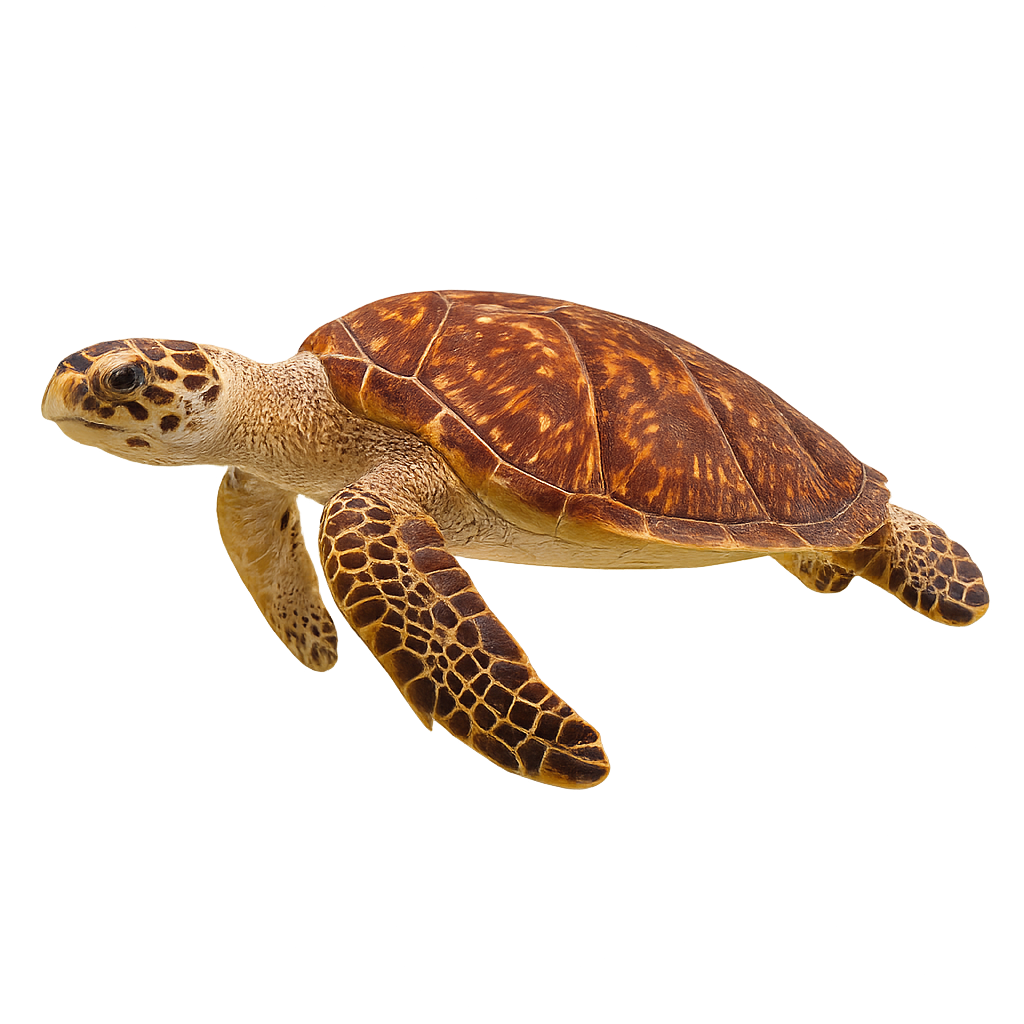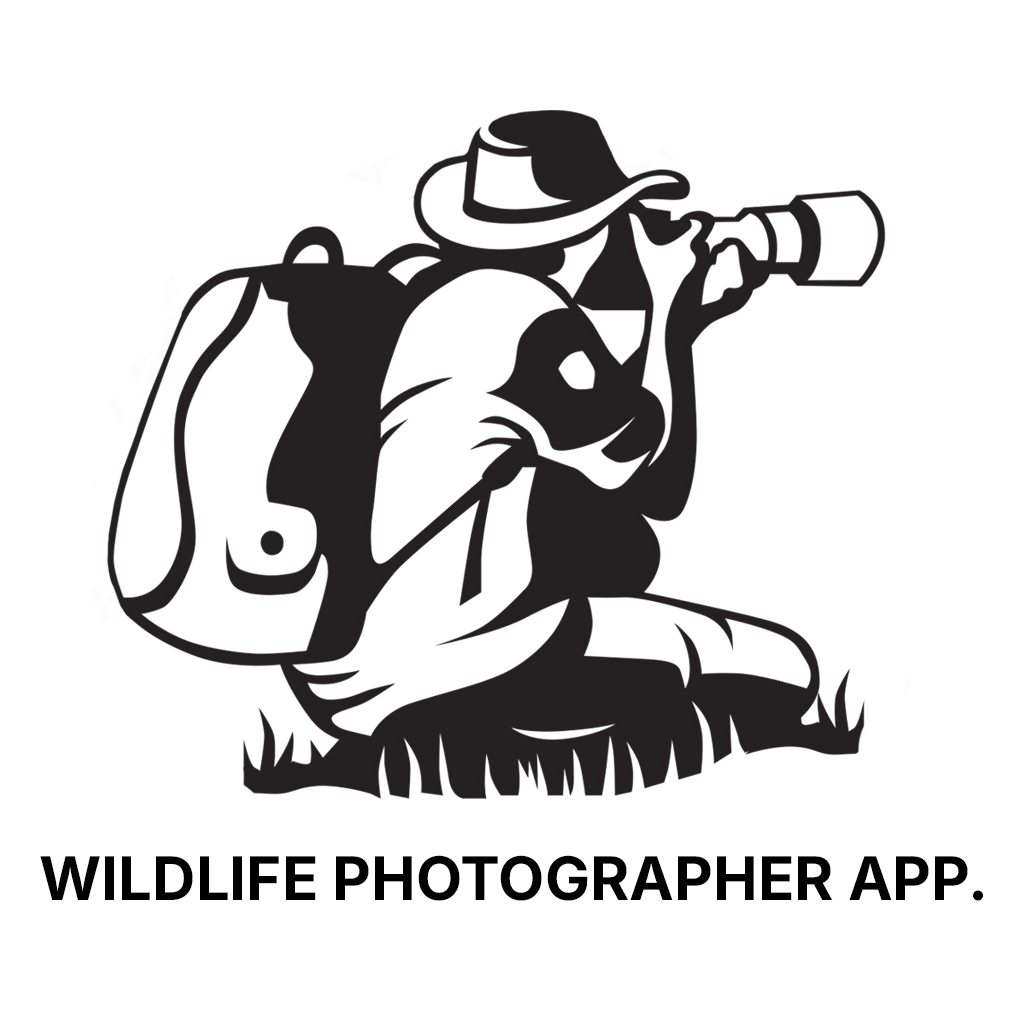Your wildlife photography guide.
Explore the hawksbill sea turtle in detail, study its behavior, prepare your shots.
Where to observe and photograph the hawksbill sea turtle in the wild
Learn where and when to spot the hawksbill sea turtle in the wild, how to identify the species based on distinctive features, and what natural environments it inhabits. The WildlifePhotographer app offers tailored photography tips that reflect the hawksbill sea turtle’s behavior, helping you capture better wildlife images. Explore the full species profile for key information including description, habitat, active periods, and approach techniques.
Hawksbill sea turtle
Scientific name: Eretmochelys imbricata

IUCN Status: Critically Endangered
Family: DEIROCHELYIDAE
Group: Reptiles
Sensitivity to human approach: Very shy
Minimum approach distance: 10 m
Reproduction period: April to October
Incubation: 60-80 jours
Births: April to October
Habitat:
Beaches, coral reefs, coastal waters
Activity period :
Mainly active at night, generally discreet during the day.
Identification and description:
The Hawksbill sea turtle is a widely recognized species of sea turtle, known for its shell's overlapping, tile-like scales, from which it gets its name. It is primarily found in the warm tropical and subtropical waters of the Atlantic, Indian, and Pacific Oceans. This marine reptile is primarily carnivorous, feeding on jellyfish, fish, and crustaceans. The Hawksbill is particularly vulnerable due to habitat loss from pollution and illegal collection of its shell. It is also threatened by illegal fishing and loss of nesting beaches.
Recommended lens:
400 mm – adjust based on distance, desired framing (portrait or habitat), and approach conditions.
Photography tips:
Photograph the Hawksbill sea turtle with a telephoto lens, especially when it is swimming or resting on the beaches. Use soft lighting to avoid harsh shadows, capturing the details of its unique shell. It is important to respect local regulations regarding turtle photography, staying discreet and avoiding disturbing its natural behavior, especially during the nesting season.
The WildlifePhotographer App is coming soon!
Be the first to explore the best nature spots, track rutting seasons, log your observations, and observe more wildlife.
Already 1 430 wildlife lovers subscribed worldwide

